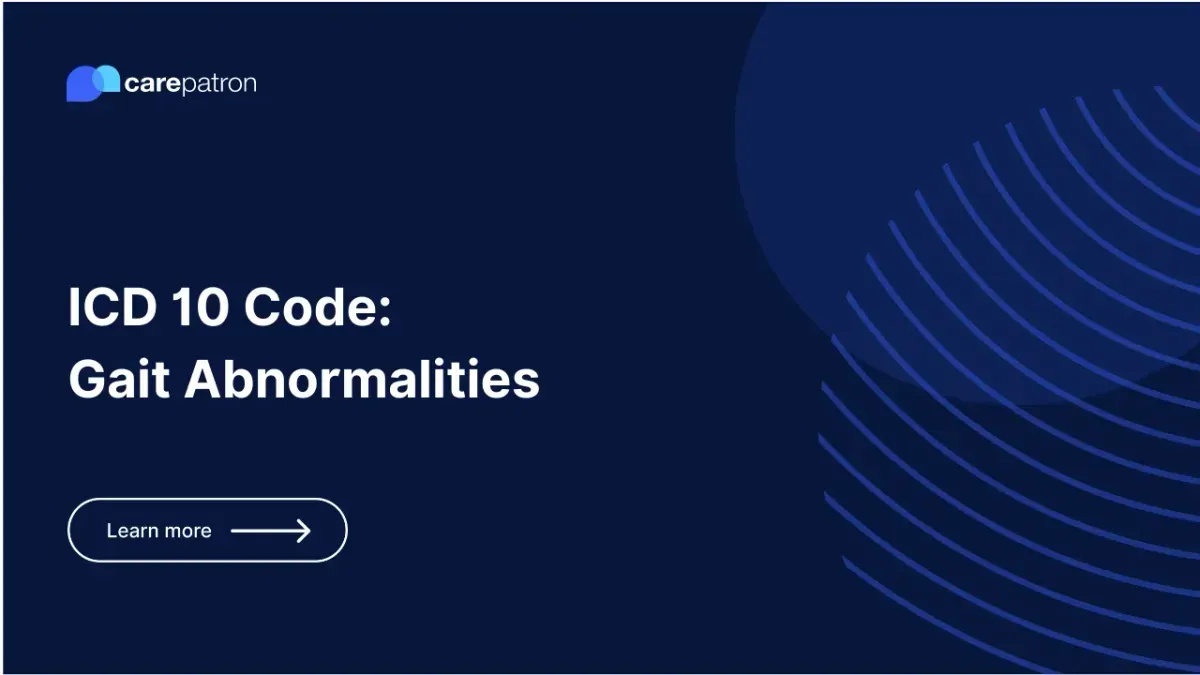
Gait Abnormalities ICD-10-CM Codes | 2025
Learn about the different ICD-10 codes that are used to diagnose gait abnormalities for accurate classification and documentation.
Use Code
Commonly asked questions
Healthcare providers assign ICD-10 codes based on the specific type of gait abnormality, its underlying cause, and the severity observed. This standardized coding system aids in accurate communication, research, and billing related to gait abnormalities.
While some ICD-10 codes for gait abnormalities are billable,not all codes are billable. Certain codes are primarily intended for research or statistical purposes, allowing for tracking disease prevalence and other epidemiological data.
Gait abnormalities can arise from various factors, including neurological and musculoskeletal disorders, as well as medical conditions like obesity. The treatment approach for gait abnormalities is dependent on the underlying cause.
Common treatments include physical therapy to improve balance and strength, medication to address the underlying condition, surgical intervention in some instances, and the use of assistive devices like canes or walkers to aid mobility.
EHR and practice management software
Get started for free
*No credit card required
Free
$0/usd
Unlimited clients
Telehealth
1GB of storage
Client portal text
Automated billing and online payments
